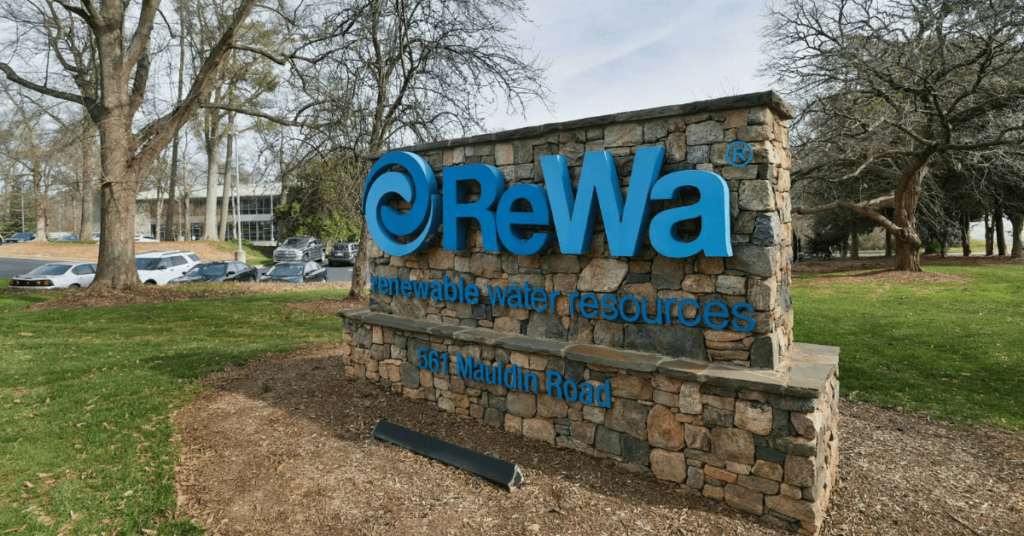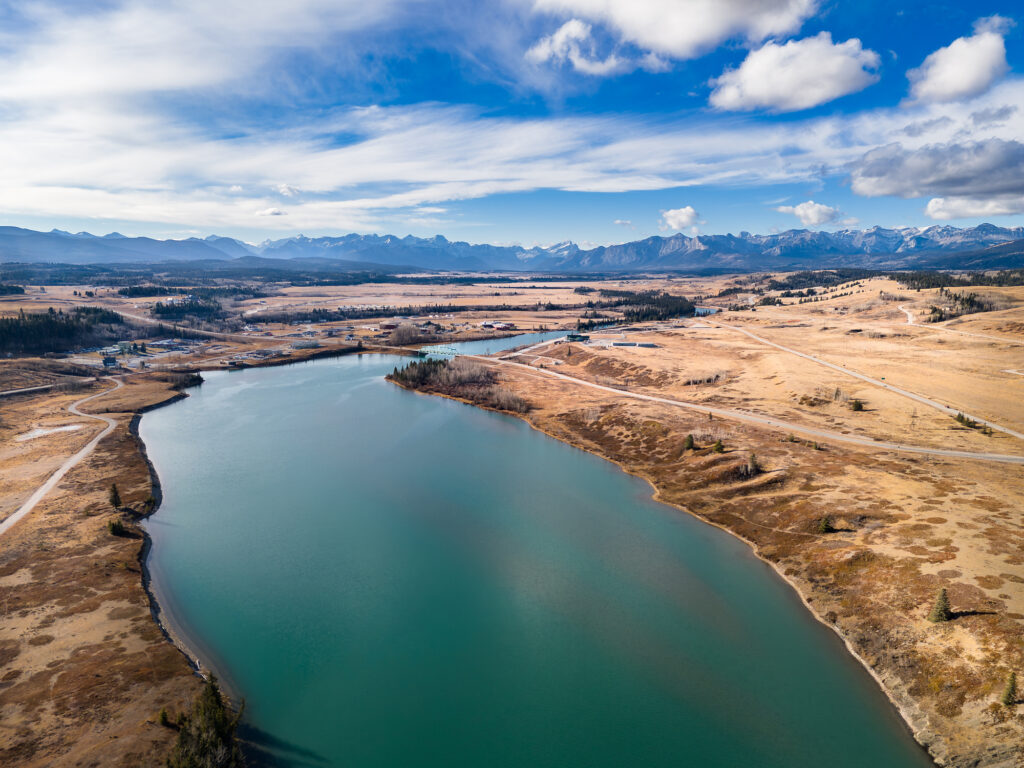This work was done in collaboration with Safe Software partner Esri UK.
Balfour Beatty VINCI saves 1000+ hours with FME


BBV uses innovative in-house apps to ensure quality data for their client, HS2
With an estimated budget of five billion pounds, Balfour Beatty VINCI (BBV) is the largest contractor for HS2, a high-speed railway under construction in the UK. The project is the first of its kind for the area, and BBV is responsible for designing and delivering over 80km of infrastructure between London and Birmingham.
In addition to timely delivery, the top priorities for their client, HS2, are the health and safety of the workers, adhering to ecological standards and transfer of quality data. HS2 maintains rigorous data quality using the British National Grid System and their internal coordinate system, HS2 Snakegrid, and they require all contractors to comply with these standards.
BBV works with over a hundred vendors to produce data for the design and planning of the project. They needed to find a way to meet the data stipulations of HS2 while providing user-friendly and easily accessible data to their employees so that the demands would not compromise productivity.
How they made it possible – using the data integration platform with the most comprehensive support for spatial data
When it comes to health, safety, and biodiversity, BBV knows there is no room for error. Top-quality data and software is their strategy for success. They utilize Esri’s ArcGIS suite to centralize their GIS data, Bentley’s ProjectWise to manage design files, and FME to support the backend processes behind the two platforms.
BBV chose FME because of its no-code environment and its versatility to work with data, including spatial, 3D, and business. They use FME across the enterprise for data conversion, quality and assurance, data integration, and more.
BBV achieved significant cost savings by utilizing FME Flow Apps. This unique feature of FME enabled their team to produce in-house apps that replaced the need for developers, additional staff, and multiple FME licenses. BBV states, “Within the first year, we paid back the initial five-year investment [of FME] five times over.”
To support backend processes, BBV has made several FME Flow Apps that perform tasks including:
- Instant data conversion. Employees can populate coordinate systems into the app and have it immediately converted to their client’s preferred standard. Another app performs instant file conversions where users can upload one file type and have it be returned in another format, for example, DGN to Shapefile.
- Geotagging photos and adding them to a database. Users can take a geotagged photo and upload it to the app, where it’s tagged with information and published into a database. The app collects attribute data proximately to rail alignment (a.k.a. chainage calculation), the date, and activity type. This database of geotagged photos gives their team a visual image of the site and replaces the need for drawings.
- Chainage calculation. Users can import data by coordinates, and it will get back instant results regarding how close the location is to the railway.
These apps allow users to prioritize data quality and assurance, which is a critical component of supporting the health and safety of workers. BBV estimates that they have saved 1000+ hours of manual effort because their FME Flow apps require no manual intervention and provide instantaneous results.
By utilizing good software, designing innovative apps, and focusing on data quality, BBV meets the needs of HS2. Their backend processes can maintain worker health, safety, and biodiversity to the highest standards, allowing team members to focus on innovation.




